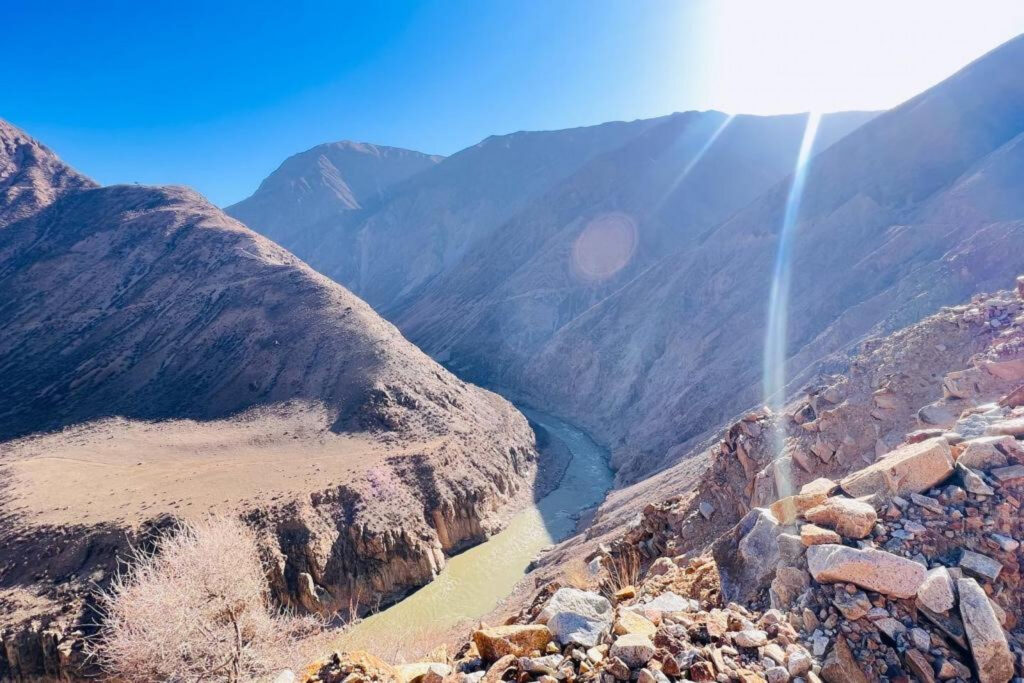Will Construction Of Kyrgyzstan’s “Chinese Railroad” Start This Year?
The China-Kyrgyzstan-Uzbekistan railroad construction project is the largest project in Kyrgyzstan’s transport sector, according to the authorities in Kyrgyzstan, and its implementation will help realize the transit potential of the republic while connecting it with the countries of southeast Asia. The new railroad will be important not only for the three named countries through which it will pass; it will also shorten the route from East Asia to the Middle East and Southern Europe. The total length of the Kyrgyz branch will be 280 kilometers. It’s worth noting that Beijing developed a feasibility study for this project back in the early 2000s, whereby the route was first determined. The Chinese study proposed building a shorter route across the territory of Kyrgyzstan, which would have been about 250 kilometers long. But the authorities in Kyrgyzstan at the time proposed lengthening the route by over 100 kilometers in order to add more villages to the route, thereby securing access to the economic benefits of the railroad for more citizens. For the longest time, authorities in the three countries couldn’t agree on which gauge to set. This hinged on the fact that China, Turkey and Iran are building using the European gauge of 1.435mm, while Central Asian countries use the Russian standard of 1.620mm. As a result, the parties decided on a so-called transition from one gauge to the other. According to some reports, this transition will be located in Kyrgyzstan in the village of Kazarman. China will build its part of the railroad line to this settlement on its own. Financing for the Kyrgyz part of the railroad will be determined by the authorities in Kyrgyzstan in concert with their counterparts in Uzbekistan and other investors. The project’s cost is estimated at $4.7 billion. In the future, Kyrgyzstan plans to connect the new route with the northern part of the railroad in order to re-export Chinese goods to Russia. Chinese leader Xi Jinping recently hosted President Shavkat Mirziyoyev of Uzbekistan on a state visit to Beijing, where the two leaders discussed the China-Kyrgyzstan-Uzbekistan railroad, among other economic issues. In a conversation with his Uzbek counterpart, Xi Jinping noted that the countries should speed up negotiations and start construction of the railroad as soon as possible, which is a key component of China’s “One Belt, One Road” mega-project.








